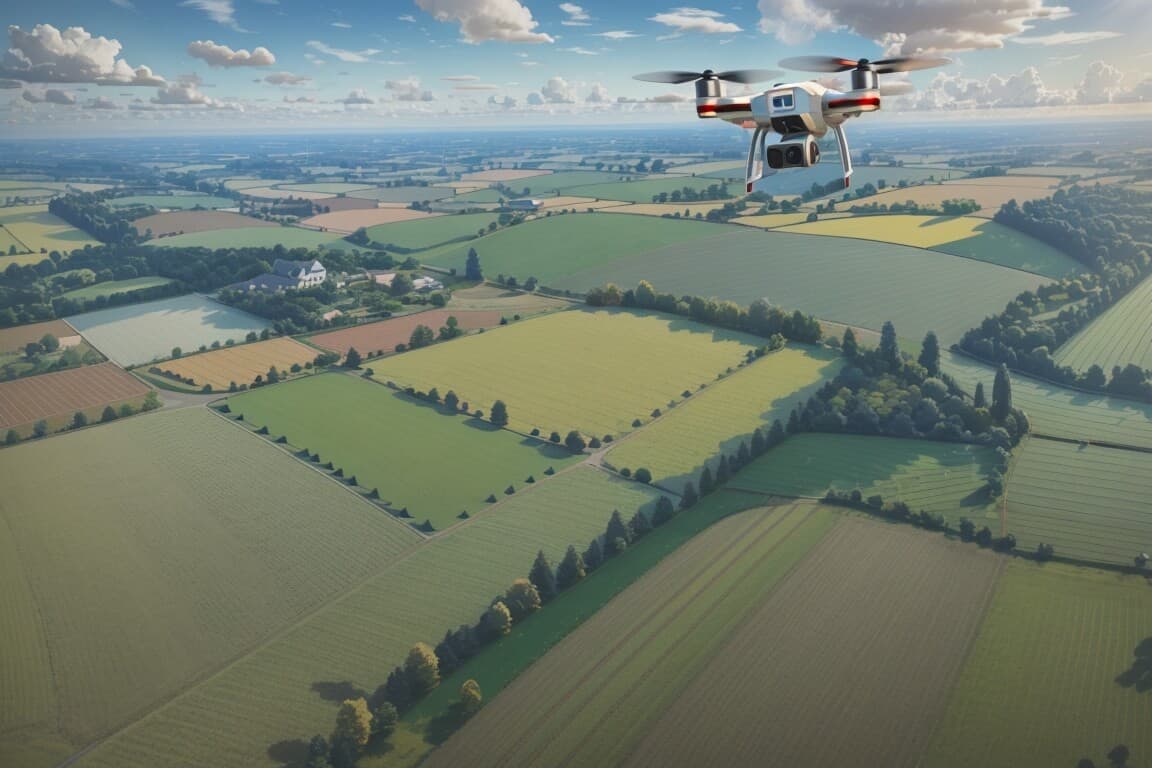
- September 20, 2023
- allix
- Research
In a groundbreaking achievement in the mobile robotics, an AI-enhanced drone has emerged victorious in a challenge against drones piloted by humans, navigating a demanding obstacle course that tested precision flight maneuvers and speed.
While AI-driven machines have triumphed over humans in cerebral games like chess, checkers, Go, Othello, and StarCraft, a drone competition hosted by researchers from the University of Zurich represents a significant milestone as it marks the first instance where an autonomous drone has bested human pilots in a physical contest.
The popularity of “first-person view” (FPV) has skyrocketed with the advent of sleeker, faster drones equipped with high-resolution cameras. Across the globe, competitions showcasing the skill of drone pilots as they guide these high-speed devices through intricate maneuvers have gained momentum. In the upcoming 2023 World Drone Racing Championship at South Korea’s Namwon Sports Town complex, 120 pilots from 30 different countries are set to participate.
In an article featured in Science Robotics, scientists from Zurich University disclosed their achievement, with their creation, known as Swift, taking on three expert drone pilots and emerging victorious in 15 out of 25 challenges.
Elia Kaufmann, a member of the Swift development team, remarked, “Our achievement signifies the inaugural instance of an AI-powered robot prevailing over a human champion in a physical sport designed by and for humans.”
The Swift system relies on an artificial neural network to optimize the drone’s flight path and velocity. It continuously collects real-time data through its onboard cameras. In contrast, human pilots rely on video feeds transmitted to their headsets, providing them with a “first-person view.”
The obstacle course consisted of seven square-shaped posts that the drones had to navigate through across an approximately 27-square-yard field. The objective was to complete the course without any mishaps and in the shortest possible time. In addition to outperforming human pilots in over a dozen trials, the Swift drone also recorded the fastest speed, albeit by a mere half-second.
This challenge was no easy feat. As stated in the research paper, “This task demands pushing the aircraft to its physical limits of speed and acceleration. There’s little room for error: A minor mistake can result in a catastrophic crash or a significant time penalty.”
The slightest miscalculations, whether by AI or human operators, “can lead to a reduction in task performance, making drone racing an especially demanding and instructive arena for testing the boundaries of control design paradigms,” the study noted.
The researchers observed that even slight alterations to the course, such as changes in lighting, had an impact on Swift’s efficiency.
Smart drones hold immense potential in various fields, extending beyond merely delivering packages from platforms like Amazon. Farmers can employ drones to monitor crop growth progress, detect diseases, and identify pest infestations. Engineers can deploy drones for inspecting damaged power lines or bridges, tasks that are hazardous for humans but crucial for preventing further problems.
In disaster-stricken areas, search and rescue missions can benefit greatly from a fleet of drones scouring rubble or flooded regions. Law enforcement agencies can utilize drones in the pursuit of fugitives.
In the realm of sports, drones have found effective use in capturing previously unattainable aerial views of events. Even the PGA Tour has embraced drone photography.
For now, drones remain spectators at sporting events, but when they are programmed to carry out ball-handling and engage with opponents, human athletes may need to start paying attention.
Categories
- AI Education (39)
- AI in Business (65)
- AI Projects (87)
- Research (107)
- Uncategorized (5)
Other posts
- Medical Treatment in Brazil: Advanced Healthcare, Skilled Specialists, and Patient-Focused Care
- Dental Treatment in China: Modern Technology, Skilled Dentists, and Comprehensive Care for International Patients
- Plastic Surgery in China: Advanced Aesthetic Medicine Supported by Precision, Innovation, and Skilled Specialists
- Ophthalmology in China: Advanced Eye Care Guided by Innovation, Expertise, and Patient-Focused Treatment
- Finding Care, Calm, and Confidence: Why Patients Are Looking Toward Beroun in the Czech Republic
- Choosing Health, Energy, and a New Future: Exploring Gastric Bypass in Diyarbakır, Turkey
- When Facial Hair Tells Your Story: Considering a Beard Transplant in Phuket, Thailand
- When Prevention Becomes Power: Understanding Liver Cirrhosis Risk and Modern Screening Approaches in Spain
- When the Abdomen Signals Something Serious: Understanding Abdominal Aortic Aneurysm and Getting Expert Evaluation in Islamabad
- When Back Pain Becomes More Than “Just Pain”: Understanding the Need for Microdiscectomy
Newsletter
Get regular updates on data science, artificial intelligence, machine



